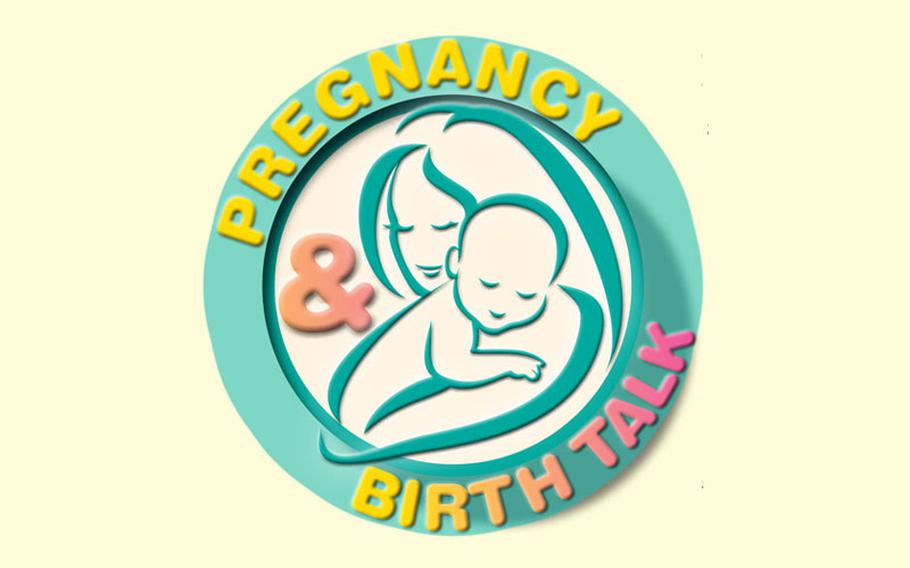Community News
Gestational Diabetes
Stripes Korea July 26, 2016

()
Many pregnant women are surprised by the sheer amount of blood and urine tests doctors use to screen for different conditions during pregnancy. One of the screenings is for gestational diabetes, which is the overabundance of glucose (sugar) in the bloodstream during pregnancy. This screening will take place later in pregnancy, around 24-28 weeks.
When a meal is eaten, it is digested in the stomach and moves into the intestines, where nutrients are absorbed into the bloodstream. When sugar is absorbed into the bloodstream, the body releases the hormone insulin, which helps carry the sugar from the blood into the body cells where it can be used for energy. When insulin production is low, the sugar remains in the bloodstream and cannot be used by the body. This condition is called diabetes; when diabetes occurs during pregnancy, it is called gestational diabetes.
All pregnant women have a slower production of insulin later in pregnancy - it is a completely normal trait. Although the level of insulin is naturally lower in pregnant women, it should still be enough insulin to function normally. The glucose screening test will help determine if your levels of insulin are enough to continue normal body function. For example, many women with gestational diabetes gain more weight than is recommended during a healthy pregnancy. Some women with gestational diabetes have bigger, heavier babies. Also, women who have gestational diabetes and their children are at risk for developing type 2 diabetes later in life, which can be a life-long condition.
In order to prevent gestational diabetes, pregnant women need to follow appropriate exercise and nutrition guidelines. Daily exercise, even low-impact exercise, is necessary for a healthy pregnancy. Some examples of low-impact exercise include walking, swimming, water jogging and cycling. In general, a woman who has been in a set exercise routine before pregnancy can often continue that exercise routine during pregnancy as well. Pregnancy is NOT the time to begin training for your first marathon or to attempt to lose weight! Speak to your OBGYN for more advice on what exercise is healthy to begin or to continue during pregnancy.
Pregnant women also need to practice healthy eating habits. Focus on vegetables, eat fruit for healthy sugar, add whole grains for B-vitamins and fiber, and round it out with clean protein.
In the United States, our meals rarely focus on vegetables. It’s a real problem that is leading our nation into obesity and heart disease. Eat different colored vegetables to get a wide variety of nutrients (we teach children to “eat from the rainbow!”) Eat plenty of leafy, green vegetables like spinach, kale, collard greens, bok choy and romaine lettuce. A good rule of thumb is to look at the color; the deeper the shade of green, the more packed it is with nutrients. Learn how to cook and season vegetables to make them more desirable – websites like www.FoodGawker.com have amazing recipes. Also, keep in mind that you do not need to purchase fresh produce. The cost of fresh produce is often expensive, and the humidity in Okinawa helps the produce go bad quickly. Save money and frustration by purchasing canned or frozen vegetables.
Most of the world eats fruit as dessert options, but we have gotten out of that habit in the United States. Learn to view fruit as nature’s candy. Homemade whipped cream and frozen strawberries are a surprisingly easy and delicious dessert! Fruit juice is high in sugar, so remember to eat more fruit than you drink. Eating the seeds and peel of fruit (when appropriate, of course) increases the nutrient and fiber content.
When discussing whole grains, the idea should be that the grain resembles the way it was picked from the plant. Steel-cut oats, polenta, quinoa, brown or wild rice, barley and homemade popcorn are some examples of whole grains. Each of those grains looks almost the same way it was harvested, meaning it has not been processed very much. Flour-based products (even whole-grain flours) are still processed and should be eaten sparingly, which is not a common practice in the United States. Think of it this way – there is no plant that grows pasta and there is no plant that grows bread. Although “whole grain pasta” may be a better choice than other types of pasta, it still is not a real whole grain. Focus on the whole grains first and foremost, and eat the pasta and bread in very small amounts if you wish to indulge.
Because Okinawa is a wonderful resource for fresh fish, consider increasing the fish and seafood in your diet. If you are allergic to seafood, don’t fret. There are plenty of options for clean protein; seafood, red meat, chicken, eggs, and dairy are all animal-based protein sources, while nuts, seeds, legumes, lentils and beans are plant-based sources. Purchase animal products that are as fresh as possible with as few added hormones and antibiotics as possible. (Okinawa is a great source for hormone-free, anti-biotic free meat!) If you are vegan, it is critical to combine several sources of plant-based protein to ensure you eat all of the required amino acids.
Connect with local Okinawa moms on Facebook in “Pregnancy & Birth Talk Okinawa”.
Japan Birth Resource Network provides evidence based information and mother friendly support throughout Okinawa and Japan. To learn more visit: www.japanbirthresourcenetwork.com